In 1666, the Great Fire of London scorched 400 of the city’s streets. There were 13,200 houses and 87 churches all blazing in flames, leaving London in ashes.
In the 17th Century, people were not as aware of the dangers of fire as we are today. Here are some of the reasons why the Great Fire of London was one of the biggest fires the world has ever seen.
Flammable materials
In a time of no electricity; light came from candles, central heating came from fires. Flammable materials like hay, pitch, tar and wood were everywhere – not to mention a great deal of gunpowder.
A tinderbox city
Most of the buildings were made of timber with thatched roofs, and the streets were narrow, which sparked a domino effect as the fire spread. The materials became the fuel for the fire, which advanced relentlessly, reaching scorching temperatures of 1700°C.
No water supply
As the fire reached London Bridge, the water supply was cut off, making it more difficult to fight the fire.
Lack of urgency
For years, there had been warnings of London’s end by fire, ignored by the Mayor, Sir Thomas Bloodworth.
Not even an announcement of the whole city in flames could convince him to act. One of the tactics used to fight fire was to pull buildings down, to contain the fire and prevent it from spreading. When he was asked to order that houses be pulled down, he refused. He underestimated the fire, leaving London to burn.
No reliable equipment
Firefighting in London was ahead of its time, as the capital had fire engines for early, large scale fires. But they weren’t practical; some didn’t even have wheels. In the Great Fire, several of the fire engines were so difficult to move, they ended up falling into the Thames. When the fire spread further, the remaining were unable to get close at all.
Fire safety has come a long way since that fateful night in Pudding Lane. Buildings are designed to limit the spread of fire, with numerous measures in place to further fire-proof our buildings.
We will (hopefully) never see a fire on the scale of the 1666 blaze again. But 350 years later, there is still more we can do to prevent the disastrous loss a fire can cause.
You might also like
Some Of Our Door Closers Are Missing
For those of us that know our RRFSO’s from our BS7273-4’s, there’s no question that fire doors save lives and that the weight associated with operating a fire door is a necessary evil, a symptom of those innocuous-looking closers that ensure doors can shut safely. But when we think about who uses those doors on a daily basis, are we expecting too much from industry outsiders?
Closed doors can save lives
Did you know that closing your fire door at night could be the difference between life and death?
How do fire doors affect the lives of care home residents?
Older people are often more vulnerable when it comes to accidents and emergencies which places huge importance on fire safety in care homes. Fire doors are essential for fire safety, but in the daily lives of care home residents, they can be problematic.

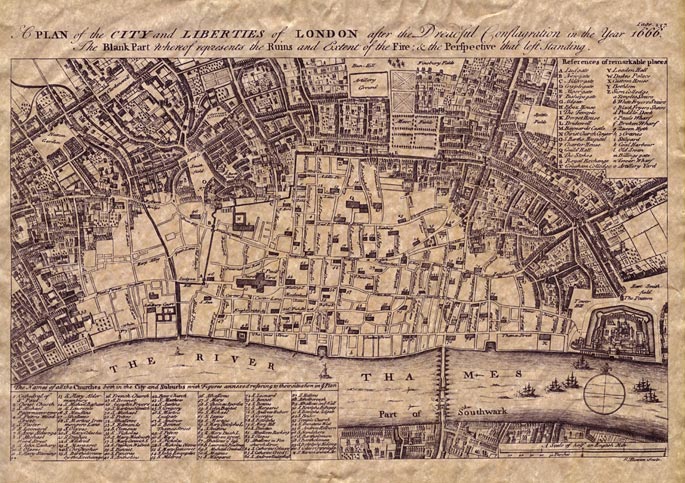
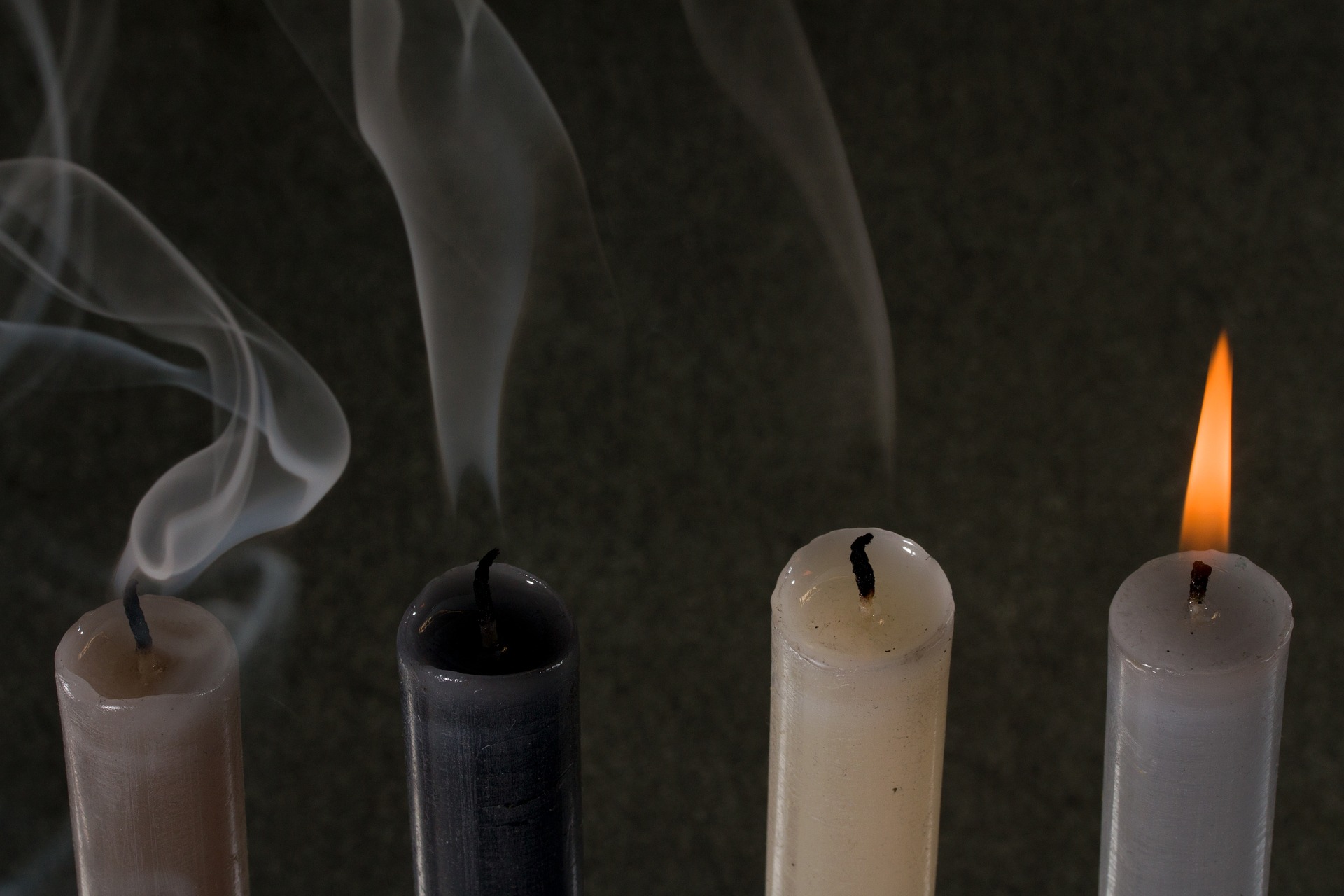
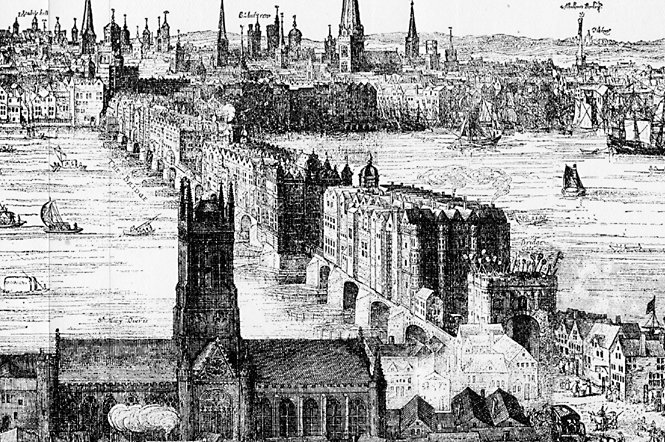

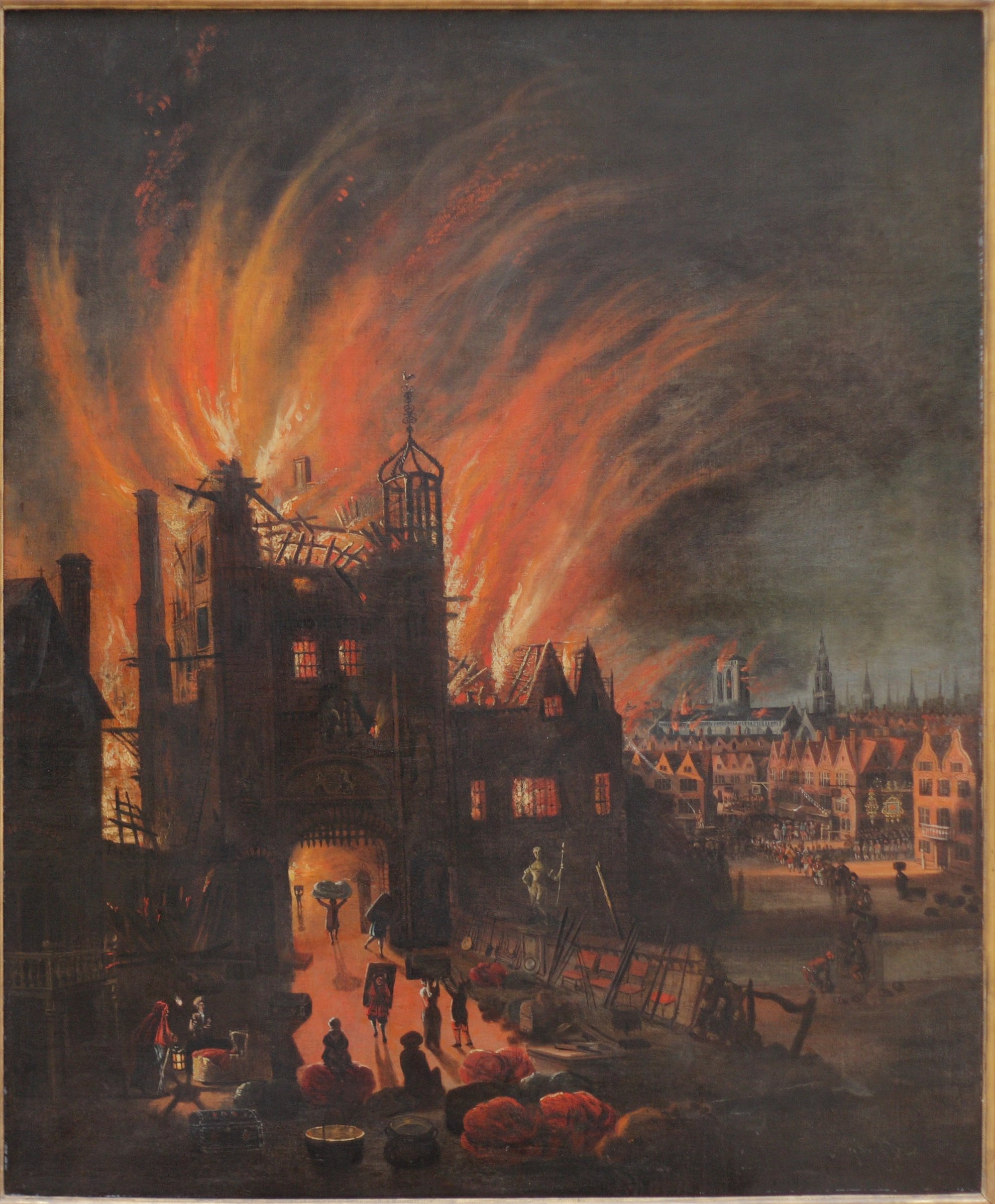



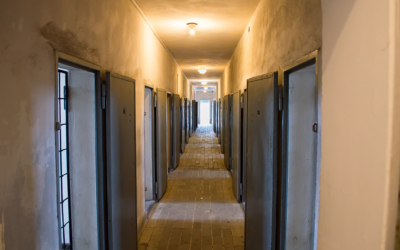
very informative articles or reviews at this time.
You have a unique way of presenting ideas that makes your writing stand out. I learned a lot from this post. Thank you!